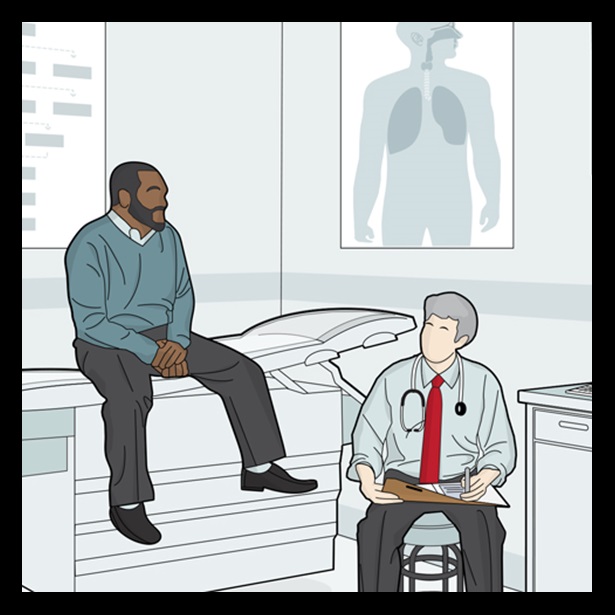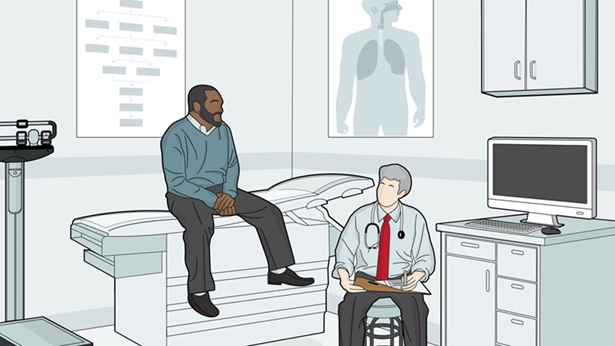Reducing Antibiotic Use in Outpatient Settings
The Pew Charitable Trusts and the Centers for Disease Control and Prevention collaborated to set national targets for reducing inappropriate antibiotic use in outpatient settings.
Together, these targets will serve as an outline for achieving the reduction goal presented in the National Action Plan for Combating Antibiotic-Resistant Bacteria: to reduce inappropriate antibiotic use by 50 percent in outpatient settings by 2020.
In order to help inform and guide the target-setting process, Pew convened a panel of leading antibiotic use experts representing a broad range of medical fields, including internal medicine, pediatrics, emergency medicine, and a wide variety of other outpatient specialties. The panelists discussed the importance of these targets within the context of specific health conditions and medical settings. Below are links to some of their insights and commentaries.
Additional Resources


Antibiotic Use in Outpatient Settings
Health experts create national targets to reduce unnecessary antibiotic prescriptions


Pew, CDC Release National Targets for Reducing Unnecessary Antibiotic Use
New report examines the state of outpatient antibiotic prescribing in the U.S., and how it can be improved









